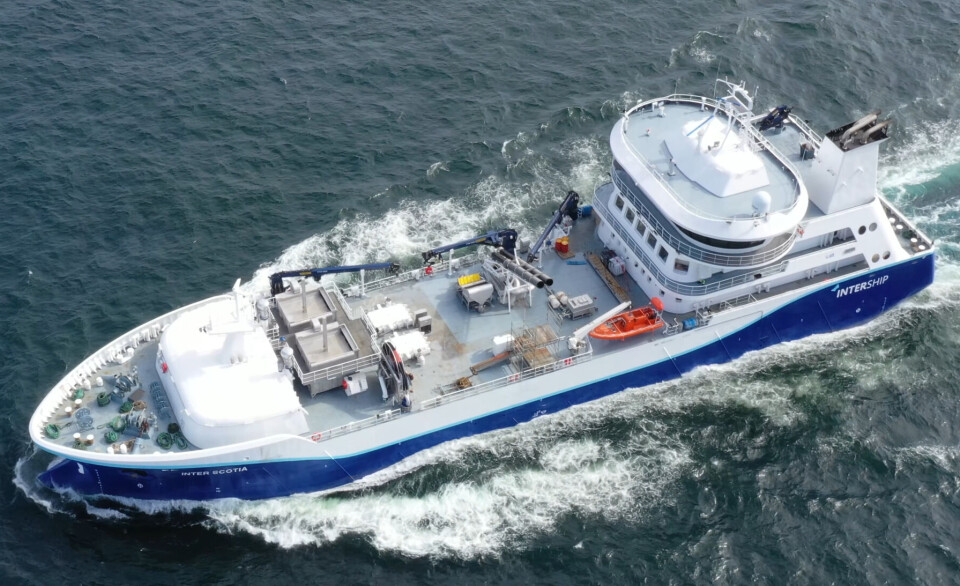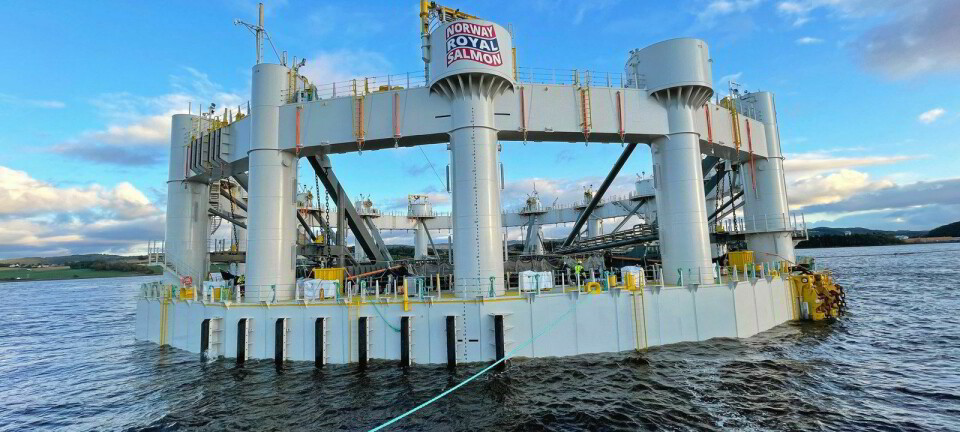
Mowi Scotland is upping wrasse cleaner fish production by a third
Salmon farmer says the fish are better lice eaters and more suited to sorting in wellboats than the lumpfish it has now stopped using
Salmon farmer Mowi Scotland is to expand production of ballan wrasse by around a third after ending the use and production of lumpfish (Cyclopterus lumpus).
Mowi Scotland has previously deployed both species as cleaner fish, which eat parasitic sea lice (Lepeophtheirus salmonis) that have attached to farmed salmon and therefore help limit lice populations in salmon pens.
The company grew both species at a facility at Anglesey, Wales, where it will now increase production of ballan wrasse (Labrus bergylta) from around 800,000-900,000 to 1.2 million per year over time.
Mowi Scotland chief operating officer Ben Hadfield said the decision to stop using lumpfish was in part due the difficulty in sorting them from salmon during wellboat treatments which are otherwise effective against lice and amoebic gill disease (AGD) and gentle on the salmon. Wrasse are easier to sort and are also better lice eaters.

“You've got to pick your way through all the strategies that are available to you,” said Hadfield. “Some of them are improving in scale and efficacy, like freshwater FLS (Flatsetsund Engineering) systems that are less conducive to the welfare of lumpsuckers.
“When you try to dewater lumpsuckers or safely remove them from the treatment with high welfare, they're quite difficult to manage on the grading bars.”
Mowi doesn’t have the same challenge with wrasse, which are more easily separated and can then be given their own freshwater treatment against AGD.
Provided you do the treatment well, the wrasse are all good, welfare is quite high. With the lumpsuckers, it’s more challenging.
“What we saw was that the wrasse are quite easy, because there’s a big size differential and they’re quite thin fish and they’re quite robust,” explained Hadfield. “So, provided you do the treatment well, you can take them off the salmon line, put them through treatment, put them back in the pen and they're all good, welfare is quite high.
“With the lumpsuckers, it’s more challenging. We’ve had good treatment with lumpsuckers, particularly in the the winter, but it had never been startling compared to wrasse and so we made a decision to expand wrasse production over time and phase out the lumpsucker production.”
The production methods for lumpfish and wrasse are also different.

Lumpfish eggs were sourced from fish that had been caught in the wild, or from broodstock kept by third parties. The eggs were hatched and grew into useable fish in eight months. This is relatively quick compared to wrasse, which take 17 months to reach a size where they can be deployed in salmon pens.
Closed the cycle
It is only seven years since a research consortium including Mowi and fellow salmon producer Scottish Sea Farms became the first in the world to close the breeding cycle by raising fish from the eggs of hatchery-born wrasse that were the progeny of wild-caught fish. The breakthrough reduced the sector’s need to use wrasse trapped in the wild.
Mowi’s wrasse eggs come from a harem of fish that it keeps at a facility at Machrihanish on the Kintyre Peninsula on the west coast of Scotland.
It's a long process, but Mowi doesn’t want to rely on wrasse caught in the wild, said Hadfield.
“We have the ability to do farmed wrasse. It makes sense with what everyone's achieved down in Wales just to expand that now and get the numbers up.”






















































